Universidad de Yonsei (연세대학교)
16.7Km 2023-07-03
Yonsei-ro 50, Seodaemun-gu, Seúl.
Najugomtang&Oudon (나주곰탕&오우돈)
16.7Km 2021-03-30
19, Sinchon-ro 18-gil, Mapo-gu, Seoul
+82-2-336-6824
It is a place where you can eat a variety of Korean dishes. The best menu at this restaurant is Naju beef bone soup. This Korean dishes restaurant is located in Mapo-gu, Seoul.
Universidad Nacional de Seúl (서울대학교)
16.7Km 2023-07-03
Gwanak-ro 1, Gwanak-gu, Seúl
Samho Bokjip - Sinchon Branch (삼호복집 신촌)
16.8Km 2021-03-19
10, Yonsei-ro 5da-gil, Seodaemun-gu, Seoul
+82-2-337-9019
A blowfish specialty restaurant located in Sinchon, Seoul. A restaurant specializing in blowfish dishes. The most famous menu is tiger puffer fish.
Samho Bokjip (삼호복집)
16.8Km 2020-01-07
10, Yonsei-ro 5da-gil, Seodaemun-gu, Seoul
+82-2-337-9019
Opened in 1976, Samho Bokjip specializes in food that uses puffer fish as the main ingredient. The restaurant uses fresh vegetables and savory broth to bring out the best flavors of a puffer fish.
Sujeonggung (수정궁)
16.8Km 2021-03-29
173, Banghak-ro, Dobong-gu, Seoul
+82-2-3491-0440
It is a store that has been in operation since 1988. This Korean dishes restaurant is located in Dobong-gu, Seoul. The most famous menu is dumpling.
Gogi Changgo (고기창고)
16.8Km 2021-03-30
34-4, Yonsei-ro 7-gil, Seodaemun-gu, Seoul
+82-2-323-9090
A famous meat restaurant, with a history of 20 years in Shinchon. The best menu at this restaurant is grilled pork belly. This BBQ restaurant is located in Seodaemun-gu, Seoul.
Yeolbin (열빈)
16.8Km 2021-03-29
78, Gukjegeumyung-ro, Yeongdeungpo-gu, Seoul
+82-2-783-3838
Operating since 1978, this store boasts of a large space. The best menu at this restaurant is noodles with minced meat in black bean sauce. This Chinese (cuisine) restaurant is located in Yeongdeungpo-gu, Seoul.
Yabai (야바이)
16.8Km 2021-03-26
37, Yonsei-ro 7an-gil, Seodaemun-gu, Seoul
+82-70-8875-1024
This is a place where you can enjoy Japanese dishes and fusion dishes. This Japanese (cuisine) restaurant is located in Seodaemun-gu, Seoul. The representative menu is okonomiyaki.
Huiraedeung (희래등)
16.8Km 2021-03-30
123, Deungyong-ro, Dongjak-gu, Seoul
+82-2-827-0722
It is a place where not only family gatherings but also group dining are available. This restaurant's signature menu is sweet and sour pork. This Korean dishes restaurant is located in Dongjak-gu, Seoul.

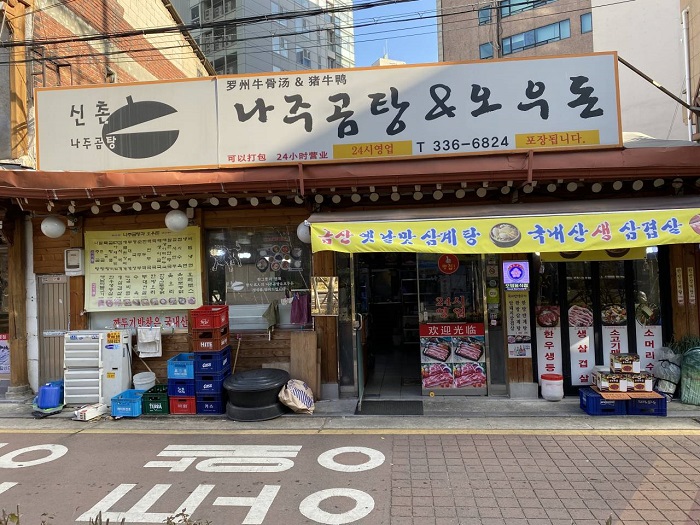
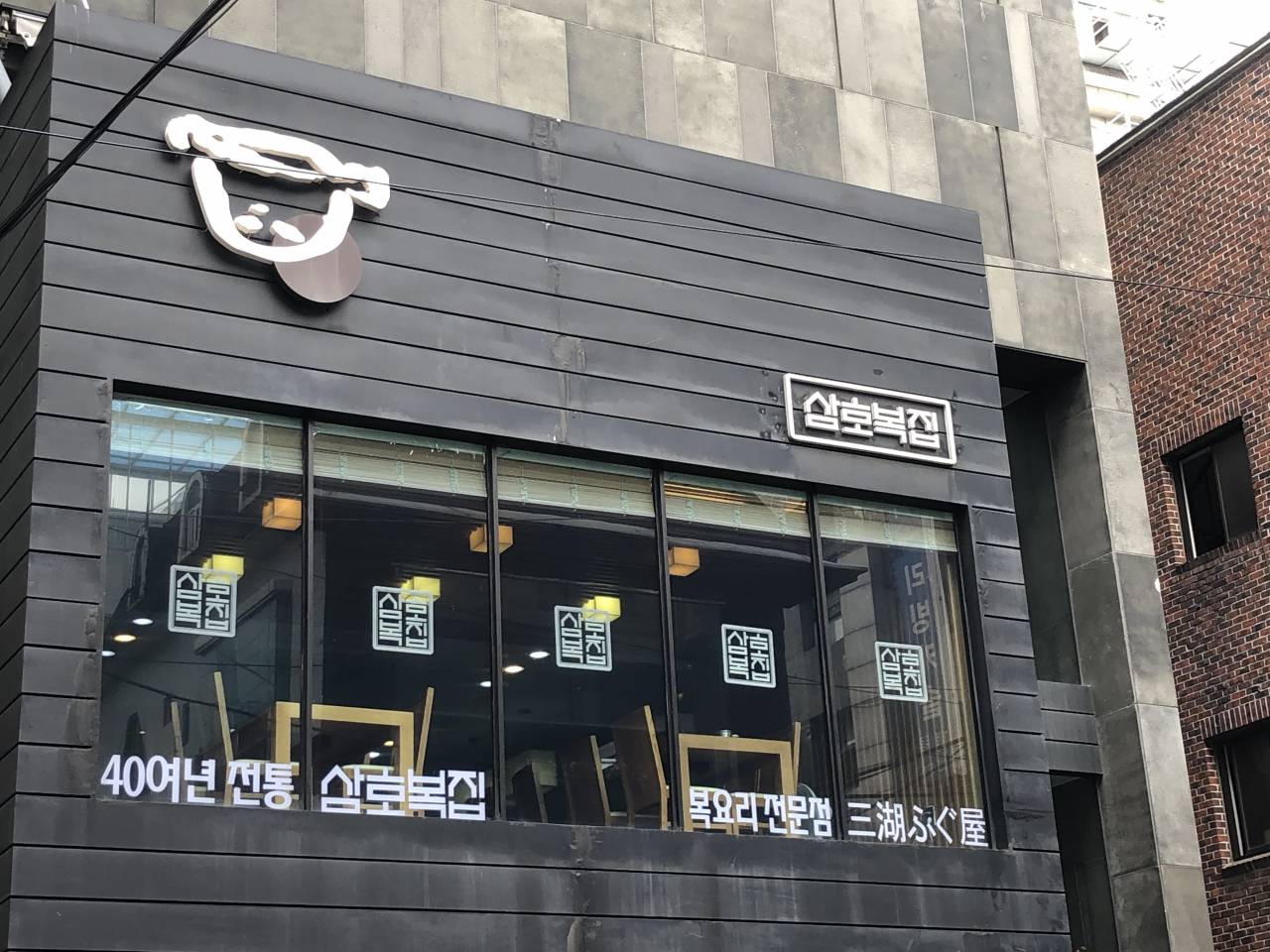
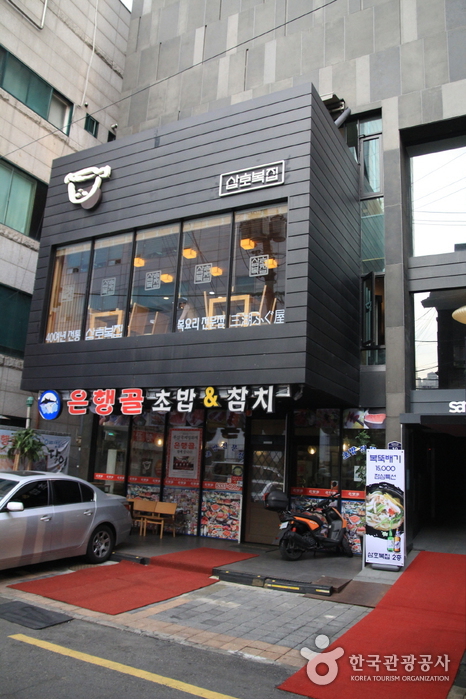
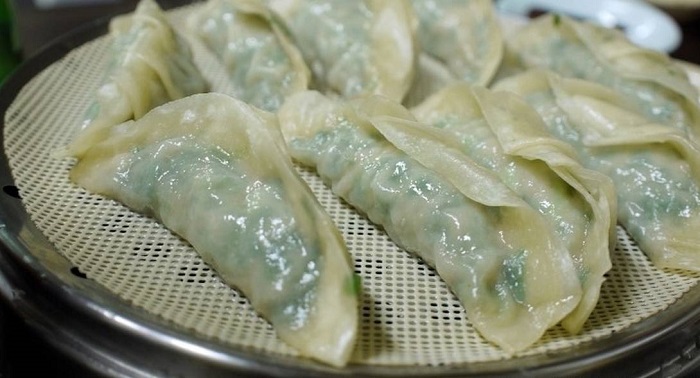
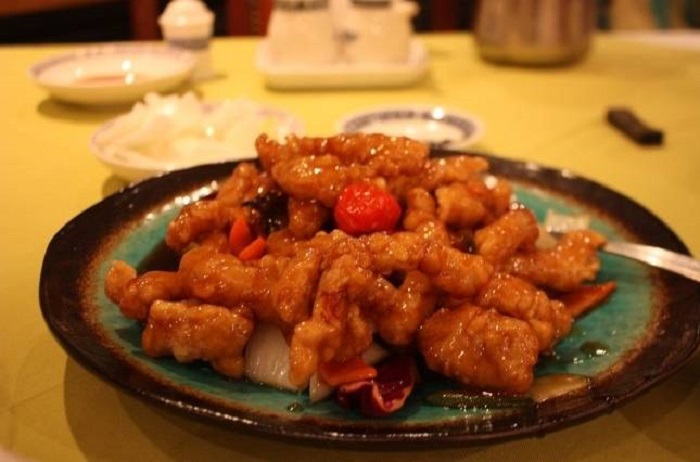
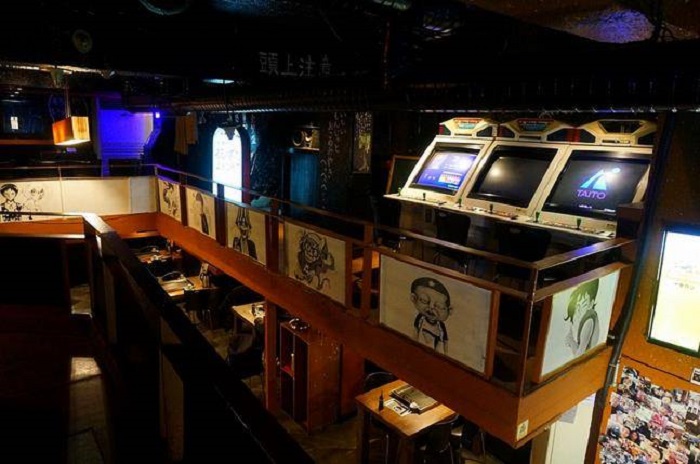
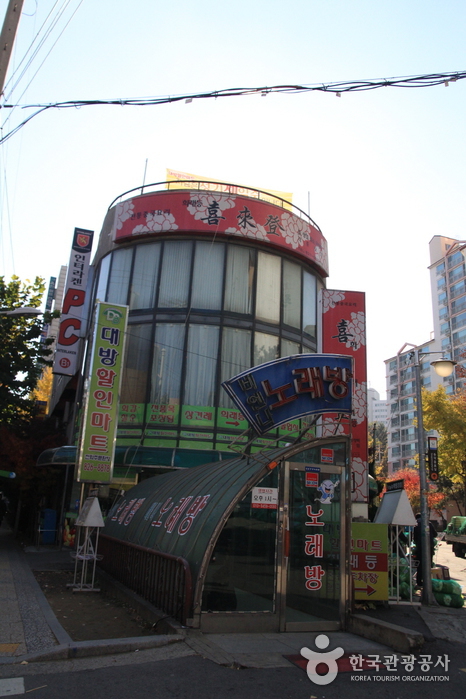
 Español
Español
 한국어
한국어 English
English 日本語
日本語 中文(简体)
中文(简体) Deutsch
Deutsch Français
Français Русский
Русский